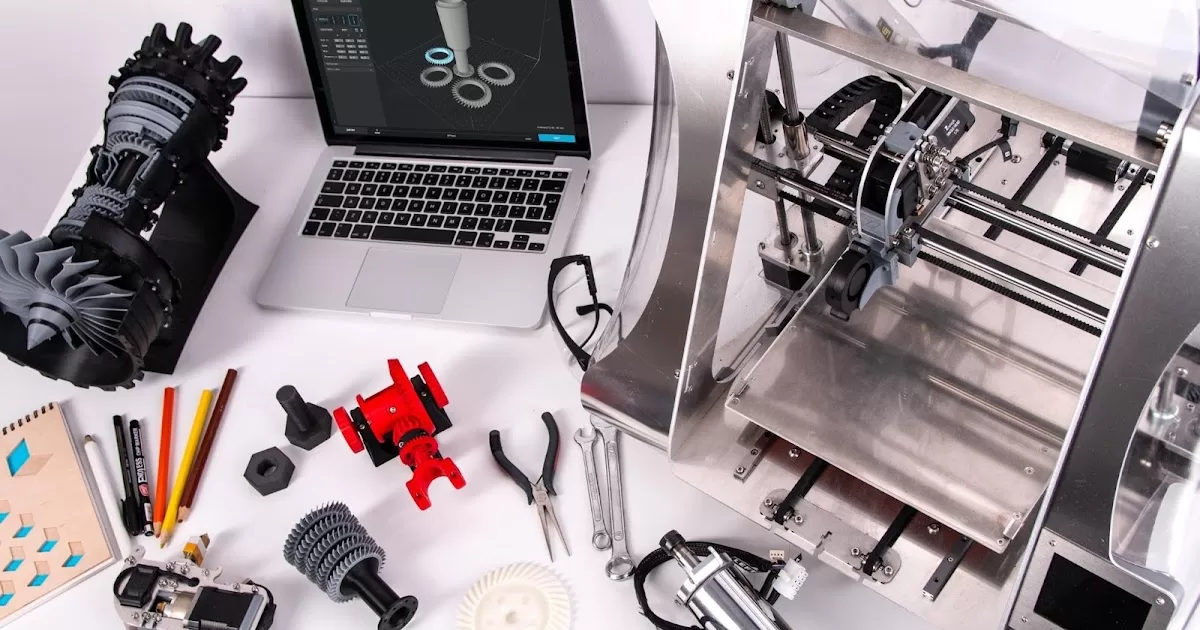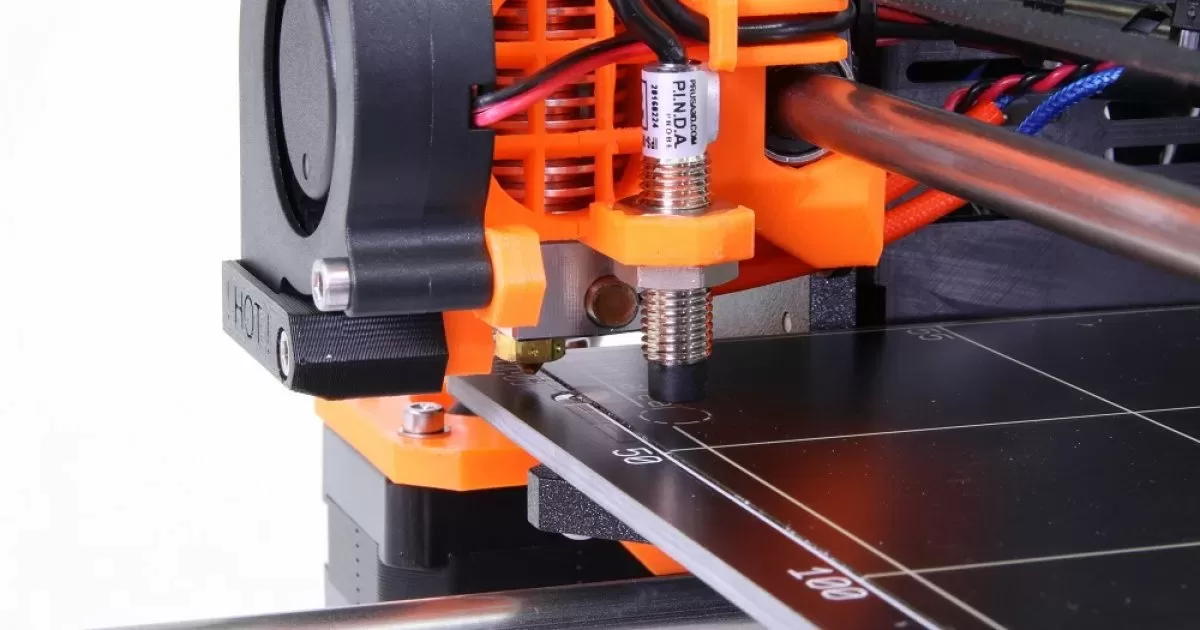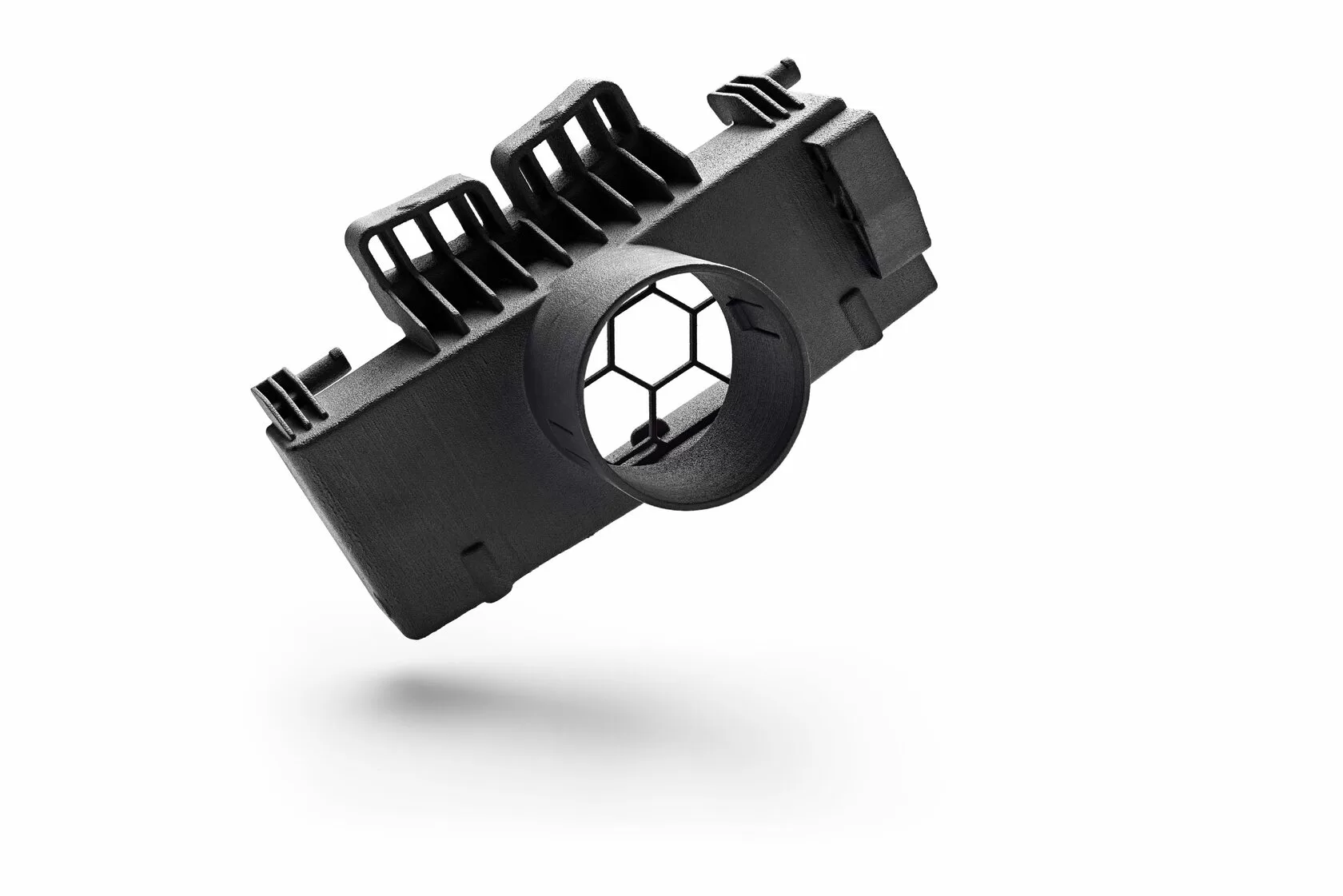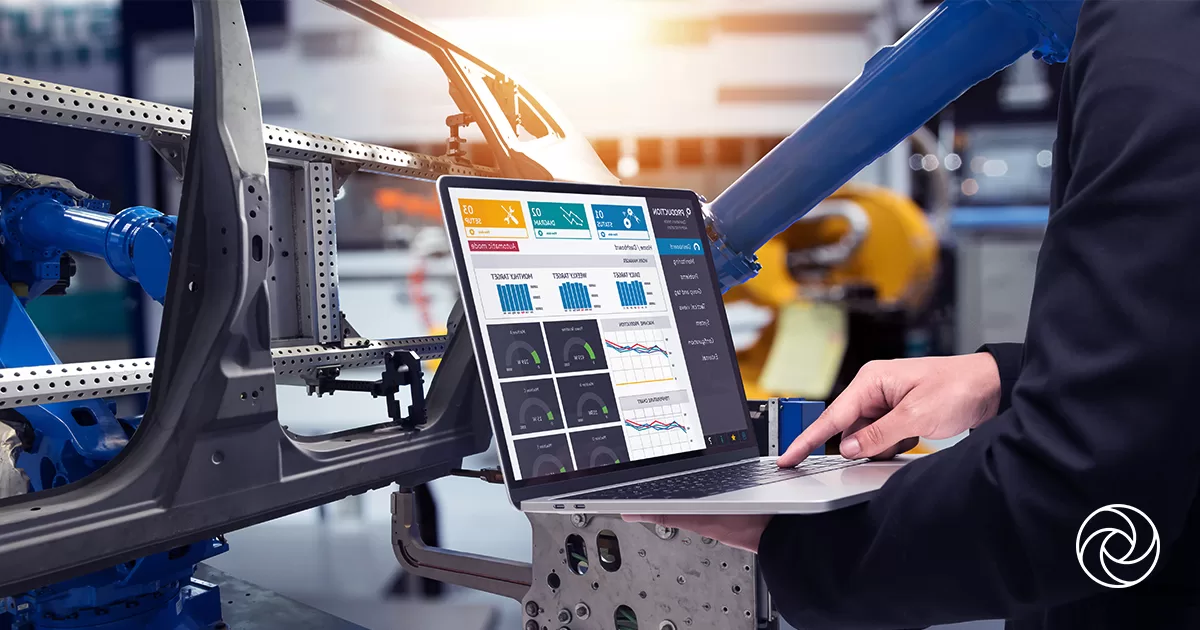The realm of 3D printing has witnessed remarkable advancements in recent years, revolutionizing industries and empowering innovation. However, achieving high-quality 3D printed parts goes beyond the initial printing process. Post-processing, the series of additional steps and treatments performed after printing, plays a crucial role in enhancing the quality, functionality, and aesthetics of the final product. In this article, we will delve into the importance of post-processing in achieving high-quality 3D printed parts, exploring its key aspects and the benefits it offers.

Enhancing Surface Finish for Superior Visual Appeal
One of the primary reasons post-processing is crucial for high-quality 3D printed parts is its significant impact on surface finish. Raw 3D printed parts often exhibit visible layer lines and rough surfaces that can diminish the overall aesthetic appeal. Post-processing techniques such as sanding, vapor polishing, or chemical smoothing can be employed to eliminate these imperfections, resulting in a smooth and refined surface. According to a survey conducted by Sculpteo, 84% of respondents consider surface finish as a significant factor in evaluating the quality of 3D printed parts [1]. By investing in post-processing, manufacturers can achieve a superior visual appeal that aligns with their desired standards.
Improving Mechanical Properties for Functional Excellence
While 3D printing offers remarkable design flexibility, the mechanical properties of raw prints may not always meet the desired standards for functional parts. Post-processing techniques enable manufacturers to enhance the mechanical properties of 3D printed parts, ensuring they possess the necessary strength, durability, and performance characteristics. Heat treatment and annealing processes, for example, can be employed to relieve internal stresses and increase the strength of metal-based prints. Chemical strengthening or resin infusion can enhance the toughness and impact resistance of polymer-based prints. By optimizing the mechanical properties through post-processing, manufacturers can ensure their 3D printed parts meet the functional requirements of their intended applications.
Refining Dimensional Accuracy and Tolerances
Achieving high dimensional accuracy and tight tolerances is another critical aspect of producing high-quality 3D printed parts. Although 3D printers have become increasingly precise, variations and distortions can still occur during the printing process. Post-processing techniques such as machining or CNC milling can be employed to refine the dimensions of printed parts, ensuring they adhere to the desired specifications. By carefully removing excess material and fine-tuning the dimensions, manufacturers can achieve the required accuracy and tolerances necessary for their specific applications.
Addressing Material Limitations for Expanded Possibilities
Post-processing techniques also enable manufacturers to overcome material limitations associated with 3D printing. While 3D printers offer a wide range of materials, each material comes with its own inherent properties and limitations. Post-processing allows for additional treatments and modifications that can enhance or alter the material characteristics. For example, chemical treatments or coatings can improve the chemical resistance or UV stability of printed parts. Additionally, post-processing techniques can facilitate the combination of multiple materials, enabling the creation of hybrid parts with unique properties. By leveraging post-processing, manufacturers can expand the possibilities of materials and achieve high-quality prints that meet specific application requirements.
Cost-Effectiveness and Time Efficiency
While post-processing adds an additional step to the 3D printing workflow, it ultimately contributes to cost-effectiveness and time efficiency in the production process. Investing time and resources in post-processing ensures that the final product meets the desired quality standards, reducing the likelihood of reprints or rejected parts. Moreover, post-processing techniques can streamline the production process by automating certain steps, such as support material removal using dissolvable supports or utilizing robotic systems for sanding and polishing. By optimizing the post-processing workflow, manufacturers can achieve high-quality prints with improved efficiency and reduced costs.
Conclusion
Post-processing is an integral part of achieving high-quality 3D printed parts. By enhancing surface finish, improving mechanical properties, refining dimensional accuracy, and addressing material limitations, manufacturers can ensure their prints meet the desired standards for aesthetics, functionality, and performance. While post-processing adds an extra step to the production process, the benefits it offers in terms of visual appeal, functionality, and expanded material possibilities far outweigh the additional effort and resources required. As the field of 3D printing continues to advance, the importance of post-processing will only grow, enabling manufacturers to unlock the full potential of this transformative technology.
Sources:
[1] Sculpteo, "The State of 3D Printing 2019," https://www.sculpteo.com/en/resources/ebook-the-state-of-3d-printing-2019/
[2] Stratasys Direct, "The Importance of Post-Processing in 3D Printing," https://www.stratasysdirect.com/resources/blog/2019/06/07/the-importance-of-post-processing-in-3d-printing




